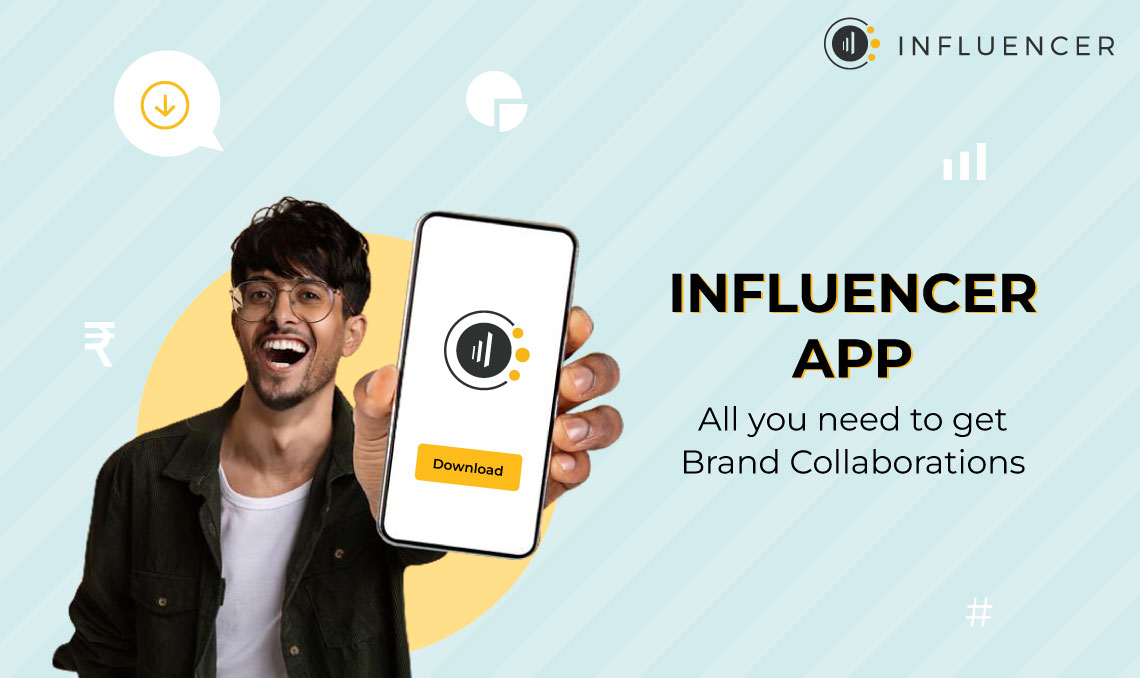Notice: Undefined variable: post_id in /var/www/html/wp-content/themes/influencer-2022/single.php on line 207
Influencer Marketing–Final nail in coffin for traditional marketing?
Voice of the Brand or Customers?
Social media marketing has brought about a quantum shift in the way marketing is done. It has moved the focus from “The Voice of the Brand” to “The Voice of the Customer”. The balance of power in the purchase funnel is now more skewed towards the customer & his peers, slowly changing the way brands market themselves. Earlier, the entire focus used to be about roping in a brand ambassador and roll out your story. Today, your story is okay but what really matters is the story that’s going on between the millions of bubbles on the social cloud. Add to that, the “bigger bubbles”- the social media influencers, and you are in for a different game altogether.
Word-of-mouth results in 200% sales in comparison to paid advertising
Yes, the above statistic is true, according to a McKinsey study. To delve deeper, they also result in 37% higher retention rate of customers1. Riding this trend of word-of-mouth/recommendation marketing, a form of marketing has gained prominence – Influencer Marketing.
What is Influencer Marketing?
The term “Influencer” in itself can be defined in 10 ways by 10 different people. And, each can be vindicated. A 2014 study by Augure2revealed the following:
- 79 percent say influencers are able to mobilize opinions and create reactions
- 73 percent say influencers have large online communities focused on specific topics
- 62 percent say influencers have a significant share of voice on a given subject
In simple terms, it means shaping the opinions about your brand using the most influential people amidst your potential customers. If you are a brand, you make friends with the most influential people at a place where you want to sell. Now, they talk about your brand and recommend you to their followers (potential customers).
With the explosive growth of social media, the process explained above happens digitally. The influencers talk about your brand on social media channels like Facebook, Twitter or on their blogs, which impacts the purchase decision of their followers.
How do you get to know if he/she is the “right influencer”?
Who knows, he might be! Okay, so a brand wants to engage with influencers to talk about the brand and their product / offerings. But, who to connect with? It can be quite tempting for a brand to connect and partner with an influencer with large number of followers but is “number of followers” the right metric?
Brand Influencer selection is very important step for a brand before jumping in. This has to be dealt with in 2 steps:
1. Qualitative Filtering
The first step is Qualitative Filtering that allows you to filter out the “Social media influencers” who cannot be “Your Brand Influencer” no matter how many followers they have. The parameters to be considered here are:
- Content Relevance & Quality – Look at the domain of the influencer and whether the domain matches your brands requirements and the quality of the content being churned out is right for your brand to be associated with. Example- A sports blogger cannot be the right influencer for a packaged food brand)
- Audience Relevance & Quality – The followers of the influencer might or might not be the audience you are looking out for. Example- If you are a lifestyle brand, targeting a premium audience, then it would pay to target influencers with a similar audience following.
2. Quantitative Selection
Once you have a shortlist of Influencers you can associate with, comes the next step of finalizing the list of Influencers you would like to reach out to. This can be done based on the following formula:
Influencer Influence = Audience Reach*Audience adhesiveness*Quality Score
Audience reach: calculated by the no. of followers
Quality score: a relative scale of 1-10 for the expertise & credibility of the brand
Audience adhesiveness: Engagement with his audience; can be based on the number of retweets, likes and replies over the period of last 2 months
This approach can provide you a decent shortlist to kick-start the influencer marketing efforts for brand-building and lead generation. There are umpteen case studies that showcase how brands have been able to amplify their marketing efforts. Most importantly, it has not been the case only with the medium/smaller brands but the bigger brands too, are laying focus on influencer partnerships.
Miss Malini makes Cadbury ‘Glow’- a case study!
When Cadbury Glow was launched in India by Mondelez International, it turned to social media influencers to create buzz around the offering. It roped in Miss Malini and other Twitter Influencers to talk about Cadbury Glow, its special features like personalization with notes, songs, photos or videos. For example- Miss Malini’s friend did a video of her and uploaded on Cadbury website. The link was then shared and tweeted by Miss Malini.
Start building influencer relationships before need them – it’s a coin with 2 heads!
Building relationship with influencers and leveraging them, works on a foundation of quality offerings and superior customer experience. In cases of mismatch between expectations and offerings, social media easily amplifies negative sentiments about your brand. This not only puts your brand at stake, but also marginalizes the credibility of the influencers associated. It is possible for some brands that at this point you may not require influencer marketing. But, as the proverb goes – you don’t dig a well when you are thirsty. Drawing an analogy, this is the time to build a strong influencer network. Moreover, influencer partnerships act as a validator for your own content marketing campaigns. So you see it’s not a zero-sum game. One of the few ones that give you a win-win hand! Whether this rings the death bells for traditional marketing, only time will, tell but what’s for sure is that marketing shall never be the same again.












